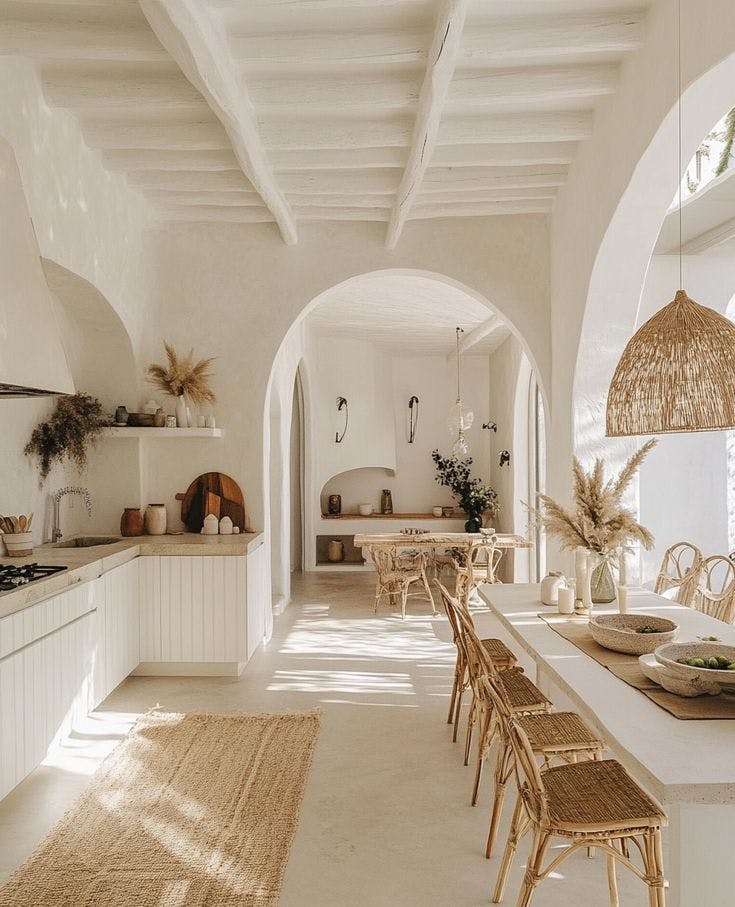How Smart Devices and Connected Technology Are Shaping Everyday Life
What once existed solely in the realm of science fiction has steadily, and somewhat silently, become an everyday standard: smart devices now play an integral role in households across the globe. These connected systems are no longer novelties - they are reshaping not only how we interact with our homes, but how we conceptualize daily living itself. Beneath the initial novelty of controlling lighting with a voice command lies something far more consequential: a full redefinition of our domestic environments, where intelligent systems elevate convenience, efficiency, and comfort with a subtlety that often goes unnoticed.

The Evolution of Smart Home Technology
The path from rudimentary plug-in timers to today’s intricate, interconnected ecosystems reflects a striking technological trajectory. Modern smart homes are orchestrated through highly responsive networks that control everything from ambient lighting and door locks to climate systems and immersive entertainment setups. This transformation is rooted in the Internet of Things - a vast framework of devices embedded with sensors and connected via data-sharing protocols that keep systems responsive and adaptive. Current industry estimates suggest that the average smart household now operates with more than a dozen connected devices, and that number continues to rise by more than 25% annually.
Key Benefits of a Connected Home
While convenience remains the most immediately appreciated advantage, its implications go far beyond simple ease. Automated routines - from temperature control and lighting adjustment to securing entryways - collectively save the average household nearly 30 minutes each day, which compounds quickly across weeks, months, and years.
Energy efficiency also emerges as a key outcome, driven by intelligent thermostats that adapt to personal rhythms, smart bulbs that adjust dynamically based on usage, and appliances designed to run only when needed. These innovations typically reduce energy consumption by 10 to 15% - a measurable environmental gain that directly lowers monthly utility expenses.
Security, perhaps the most psychologically impactful benefit, is redefined through connected surveillance, sensor systems, and digital locks. The ability to monitor your home in real time - whether from a nearby café or another continent - reshapes traditional notions of personal and property safety, offering a form of reassurance that once required far more infrastructure and effort.
Essential Smart Devices for Modern Living
The foundation of most connected homes typically includes:
- Voice-activated hubs and speakers that centralize system control
- Adaptive lighting networks that respond to motion, time, and preference
- Thermostats that learn patterns and fine-tune indoor climates intuitively
- Smart security systems featuring real-time video, alerts, and automation
- Appliances that integrate seamlessly into schedules and conserve resources
These devices communicate through platforms such as Wi-Fi, Zigbee, Bluetooth, and Z-Wave - technologies that allow different components to work in harmony and respond to voice input, smartphone interfaces, or preset behavioral routines.
Integrating Automation for a Seamless Experience
The real power of smart home systems lies not in individual devices, but in how they communicate and operate in unison. True automation emerges through integration - where lights, sound, temperature, and appliances coordinate fluidly without requiring constant manual input. One of the most common entry points for homeowners is the implementation of morning sequences: soft lighting that increases incrementally, heat that activates before waking hours, coffee brewing on schedule, and daily updates spoken aloud by a virtual assistant - all initiated by a single prompt or triggered by time.


The Role of Smart Cleaning Solutions in Home Automation
Automated cleaning technology has rapidly evolved from gimmick to essential - especially within time-strapped households. Robot vacuums and mops, now capable of mapping rooms, recognizing obstacles, and syncing with broader home ecosystems, contribute substantially to maintenance routines with minimal effort. Many models now integrate with voice assistants, allowing homeowners to launch clean-up sessions while commuting, traveling, or multitasking within other parts of the home.
Overcoming Challenges and Ensuring Security
With connectivity comes complexity - and a responsibility to secure the systems that now hold access to core elements of domestic life. Network segmentation, routine firmware updates, strong and varied passwords, and devices from manufacturers committed to privacy protocols are no longer optional but essential safeguards. As more data flows through home-based systems, proactive security becomes a non-negotiable part of intelligent living.
Looking Ahead: The Future of Smart Home Living
The next frontier of connected living leans heavily on artificial intelligence - shifting from reactive technology to proactive prediction. Systems will increasingly learn to anticipate behavioral patterns, monitor usage trends, and detect anomalies before they evolve into functional problems. Sustainability features, currently seen as upgrades, will become foundational; systems that can optimize energy, water, and time will likely become the default standard rather than the luxury tier.
Embracing the Smart Home Revolution
The connected home is not simply a digital upgrade - it is a paradigm shift in how space, time, and energy are managed within our personal environments. The most successful implementations will be those where smart devices recede into the background, working quietly to support daily routines rather than dominate them. When thoughtfully integrated, these systems create homes that think, respond, and evolve - not as spectacle, but as deeply intuitive environments that adapt to our lives with grace and precision.




